UK’s National Electromagnetic Environment Hub
A contactless radar-based blood pressure estimator for healthcare systems
Low-latency XR training via 6G-enabled ergonomics
RFIoT – RFID and IoT for space and asset monitoring
Intelligent Algorithms for Open Radio Access Networks
Unlocking the power of private 5G networks
Energy efficient ORAN small cell deployment at Worthing
Dual Polarized Reconfigurable Intelligent Surfaces for Defence
A comparative study between LoRa and MIOTY standards
5G and satellite for remote medical outreach
5G/6G testing equipment, software-defined radios, network analyzers, and wireless communication testbeds.
Robotic platforms, sensor networks, embedded systems, and IoT development kits for cyber-physical integration.
High-performance computing clusters, GPU arrays for AI/ML workloads, and cloud computing resources.
Comprehensive dataset of 5G network performance metrics collected across various environments and conditions.
Multi-modal sensor data from distributed IoT deployments for smart city applications.
Robot navigation and perception data collected in complex indoor and outdoor environments.
Live demonstration of dynamic network slicing capabilities
Real-time autonomous navigation in complex environments
End-to-end IoT system deployment and management
Patent Number: [Patent #] - Method for dynamic optimization of network resources using AI-driven algorithms
Patent Number: [Patent #] - Novel security protocol for IoT device communication in critical infrastructure
Patent Number: [Patent #] - Framework for coordinating multiple autonomous systems in complex environments
Founded: 2023
Focus: Next-generation network solutions
Status: Early-stage funding secured
Founded: 2024
Focus: Secure autonomous systems
Status: Technology validation phase
Information about our technology transfer process, licensing opportunities, and how we support researchers in commercializing their innovations.
Detailed mission statement explaining the lab's purpose, vision, and core values. This section outlines what drives our research and our commitment to advancing knowledge in our field.
When the lab was founded, key milestones, major achievements, and how we've evolved over the years. Important breakthroughs and recognition received.
Our approach to research, methodologies we emphasize, collaborative principles, and how we balance theoretical and applied work. What makes our research unique.
How we work together and support each other's growth
Our commitment to pushing boundaries and creative thinking
High standards in research, education, and professional development
Description of lab equipment, computational resources, specialized facilities, and any unique capabilities that enable our research.
Academic institutions, industry partners, government agencies, and international collaborations that enhance our research capabilities and impact.

Engineering the future of intelligent, connected and secure systems
XNet Lab is a deep tech research and innovation centre housed within the James Watt School of Engineering and School of Computing Science at the University of Glasgow. Our mission is to engineer intelligent, secure, and adaptive technologies that bridge the physical and digital domains. We operate at the confluence of telecommunications, electromagnetic systems, human-machine interaction, applied AI and cyber-physical integration, delivering solutions with real-world industrial impact. With a cross-disciplinary team of researchers, we focus on applied R&D that transforms emerging concepts into deployable, high-impact solutions across defence, healthcare, energy, and telecom sectors.
The lab collaborates with industry to fast-track technology readiness levels (TRLs) and shape the future of autonomous connectivity, cyber-physical systems integration, and human-centric innovation.
We collaborate with leading organizations to advance research and innovation





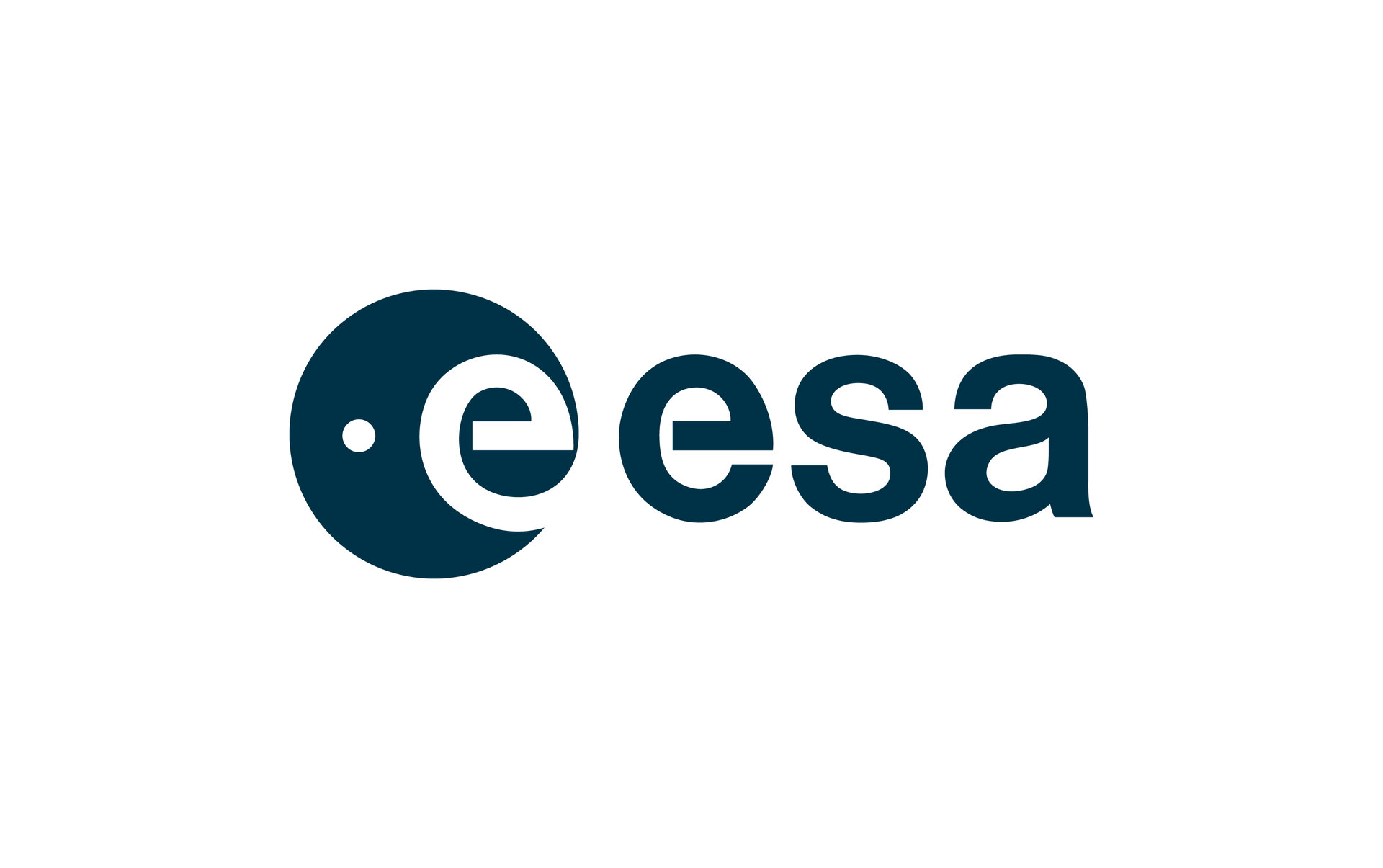
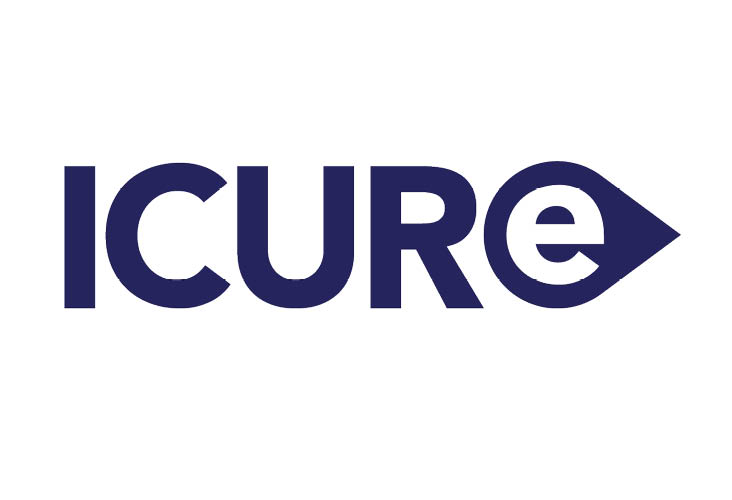

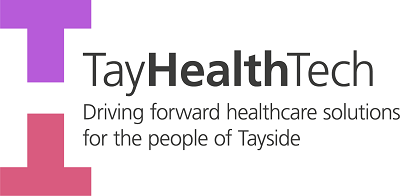

Detailed description of lab's research focus, methodologies, and goals. This section explains the broader context and significance of the work.
Project description, objectives, methodology. Funding source if applicable.
Project description, objectives, methodology. Funding source if applicable.
Brief description of research area and current work
Brief description of research area and current work
Brief description of research area and current work

With expertise in 5G/6G, IoT systems, AI-driven networks, Open RAN, RFID, and secure autonomous systems, Dr Ansari leads a team that merges academic excellence with enterprise-facing innovation. His vision is to accelerate the technology readiness of experimental ideas and guide them into deployable, validated, and secure solutions that serve national and global needs.

Dr Kizilkaya's research lies at the intersection of robotics, next-generation communications, immersive technologies, networked robotics, smart cities, and IoT applications, with a strong focus on real-world impact. His work advances low-latency, resilient telerobotic and IoT systems for critical environments and emergency applications. His vision is to enable intelligent, secure, and connected systems that can operate reliably in complex environments, advancing resilience, sustainability, and the safe integration of autonomy.
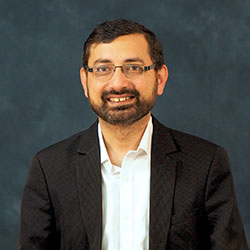
Professor of Communication Systems / Dean Transnational Engineering Education, Head of School, James Watt School of Engineering

His research interests include antennas for 5G and 6G, Bio-Electromagnetics, nano communication, Integrated sensing and communication for cognitive citites, Reconfigurable intelligent surfaces, Terahertz sensing, internet of things, biomedical applications of millimeter and terahertz communication, wearable and flexible sensors, antenna interaction with human body, Implants, body centric wireless communication issues, non-invasive health care solutions, physical layer security for wearable/implant communication.
RI
RI
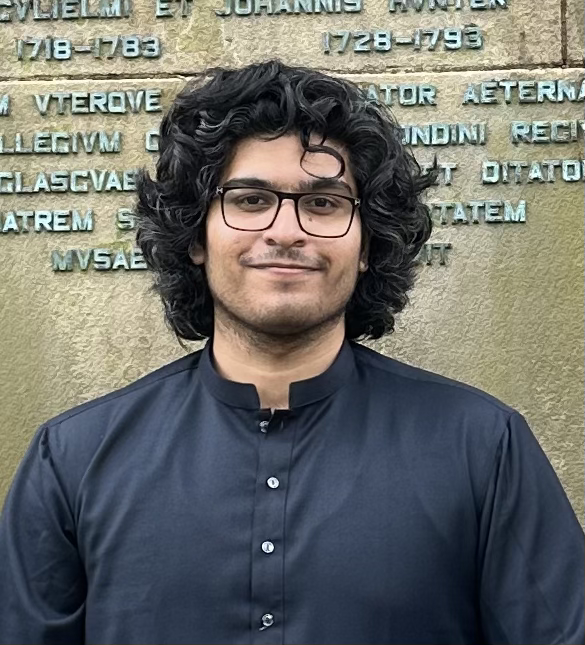
Abdul Ghani’s research interests are in embedded systems, robotic systems, and autonomous systems. His work focuses on designing intelligent, real-time solutions for complex environments, with current doctoral research centered on the development of electromagnetic (EM) digital twins for advanced battlefield and environmental assessment at the University of Glasgow. His research integrates embedded hardware, real-time signal processing, and digital modeling to enhance EM environment awareness and enable next-generation autonomous technologies.
RI
RI
RI
RI
RI
RI
Authors (2025). Journal Name, Volume(Issue), pages. DOI/Link
Authors (2024). Journal Name, Volume(Issue), pages. DOI/Link
Authors (2024). Journal Name, Volume(Issue), pages. DOI/Link
Conference Name, Location, Date
Conference Name, Location, Date
Links to complete publication list by year (2023, 2022, 2021, etc.)
Whether you're a start-up scaling your platform, a defence contractor exploring resilient connectivity, or a healthcare provider seeking contactless diagnostics—XNet Lab invites you to co-create the future.
Dr Shuja Ansari
Email: shuja.ansari@glasgow.ac.uk
James Watt School of Engineering, University of Glasgow
Dr Burak Kizilkaya
Email: burak.kizilkaya@glasgow.ac.uk
School of Computing Science, University of Glasgow